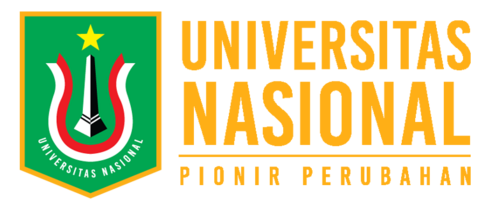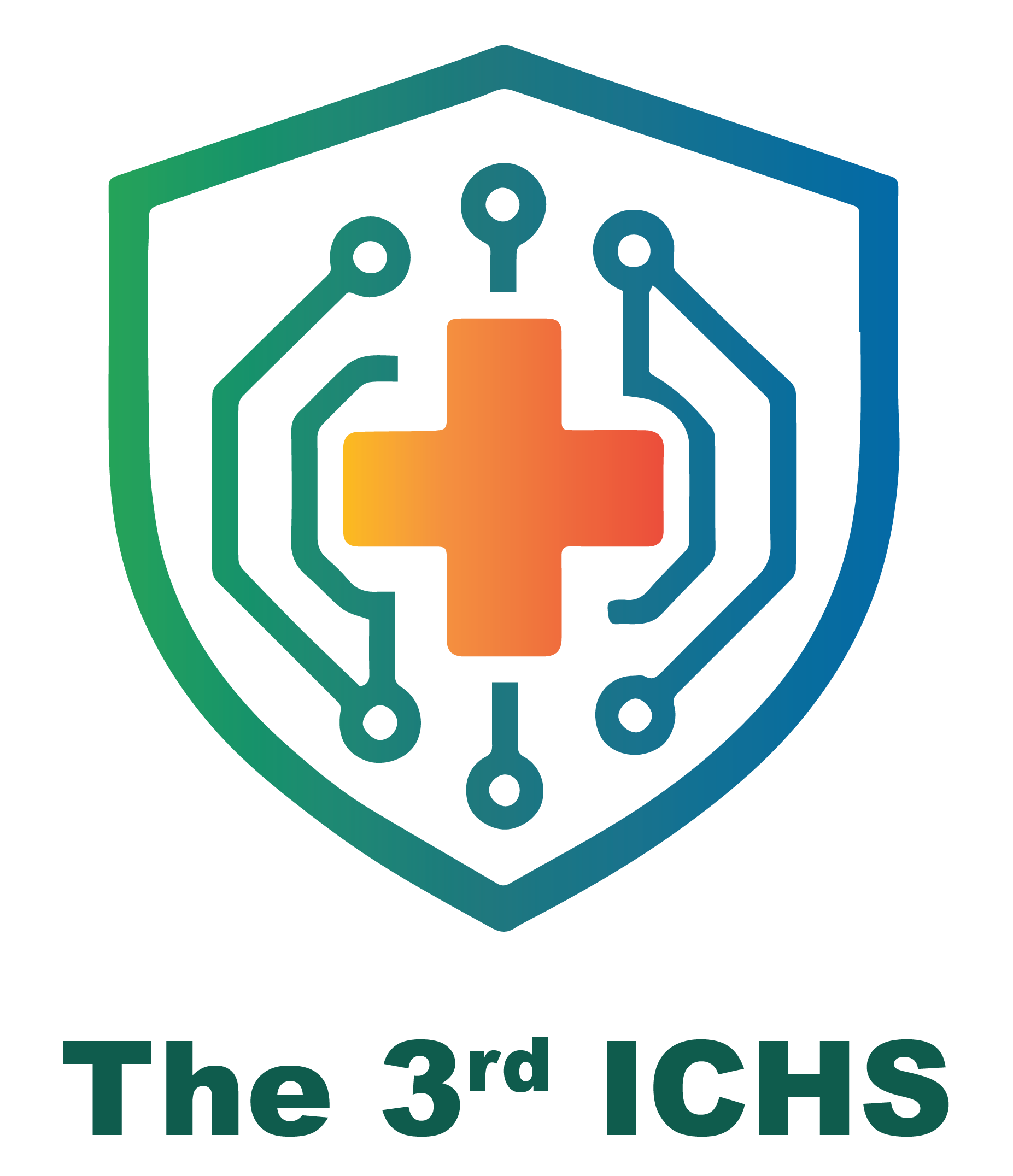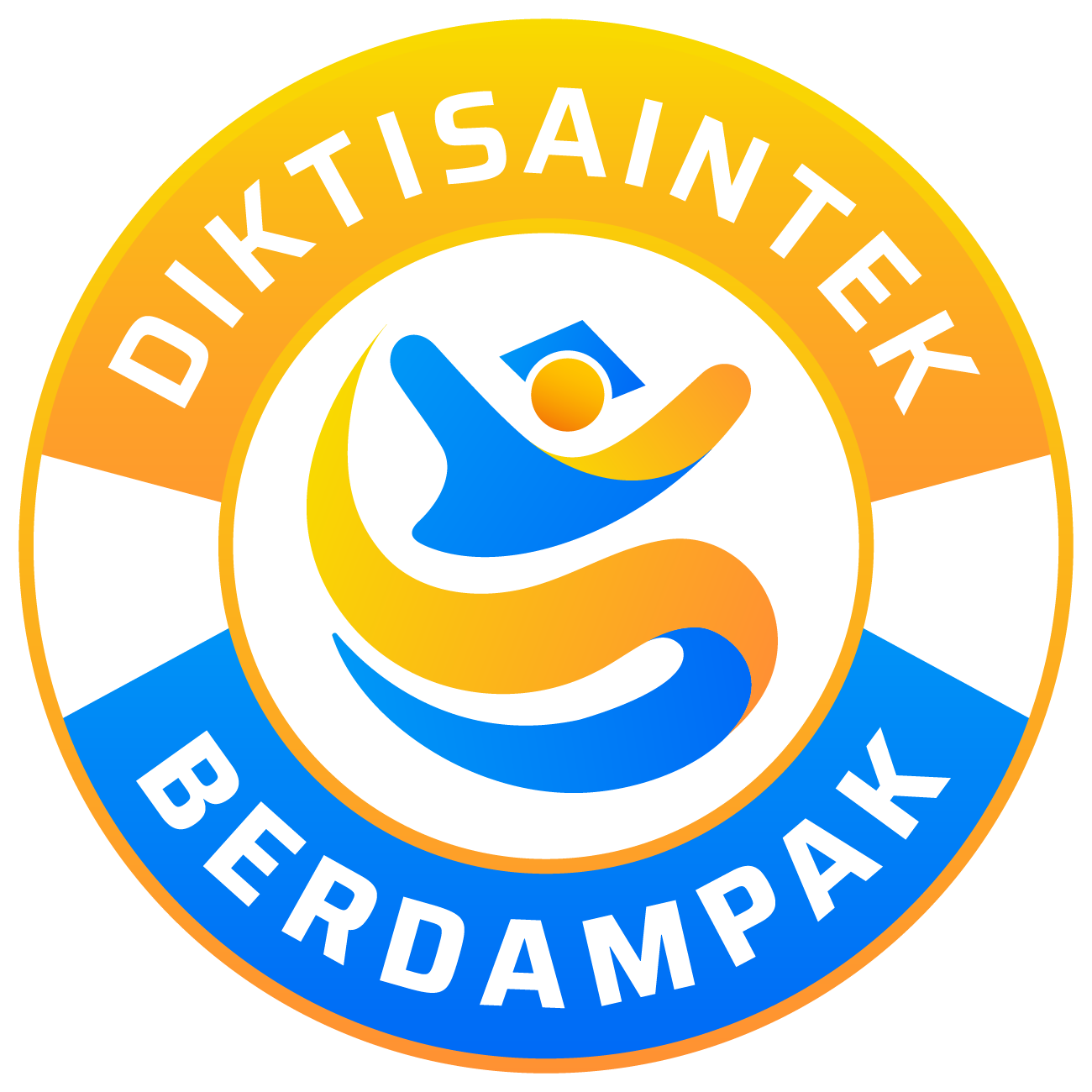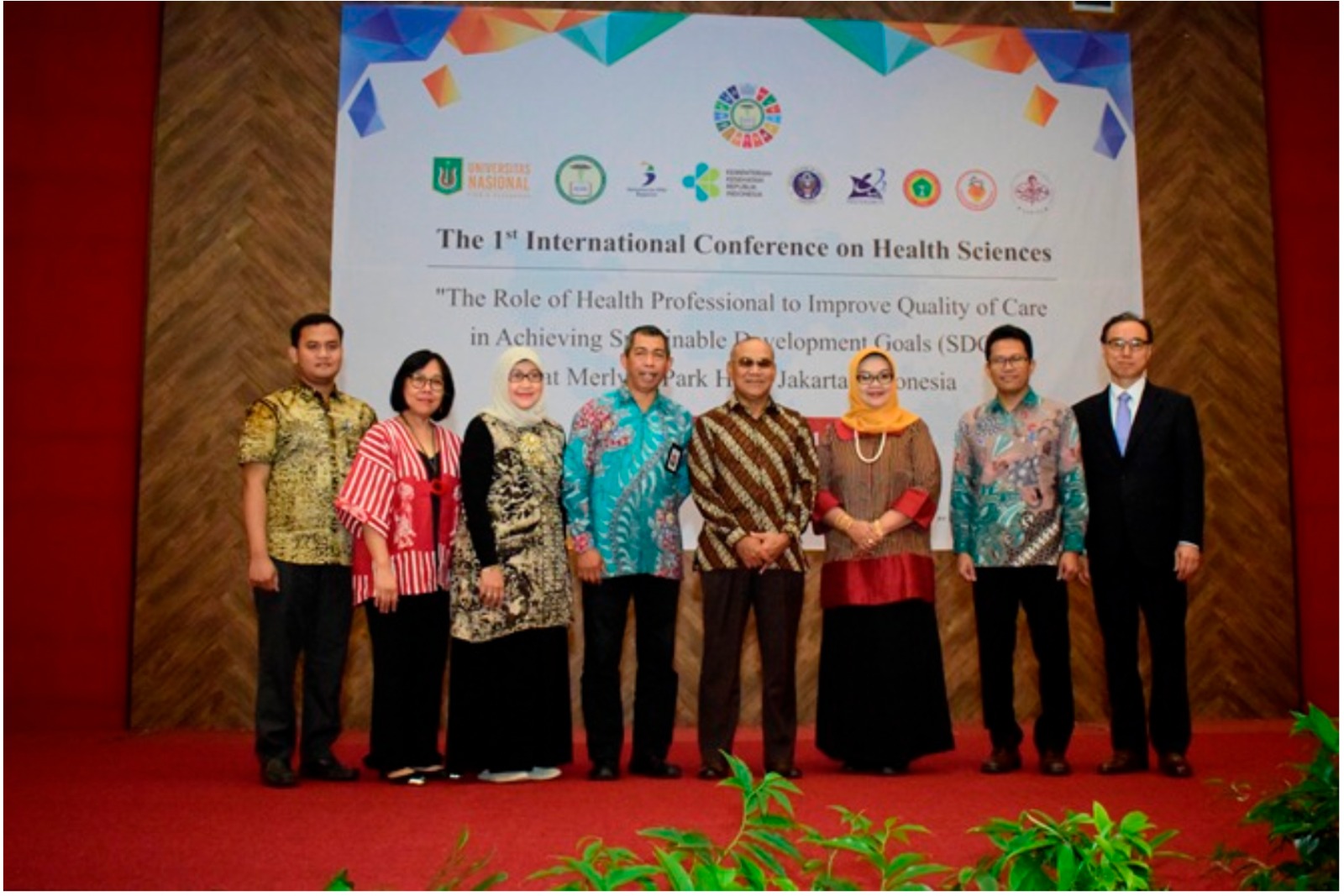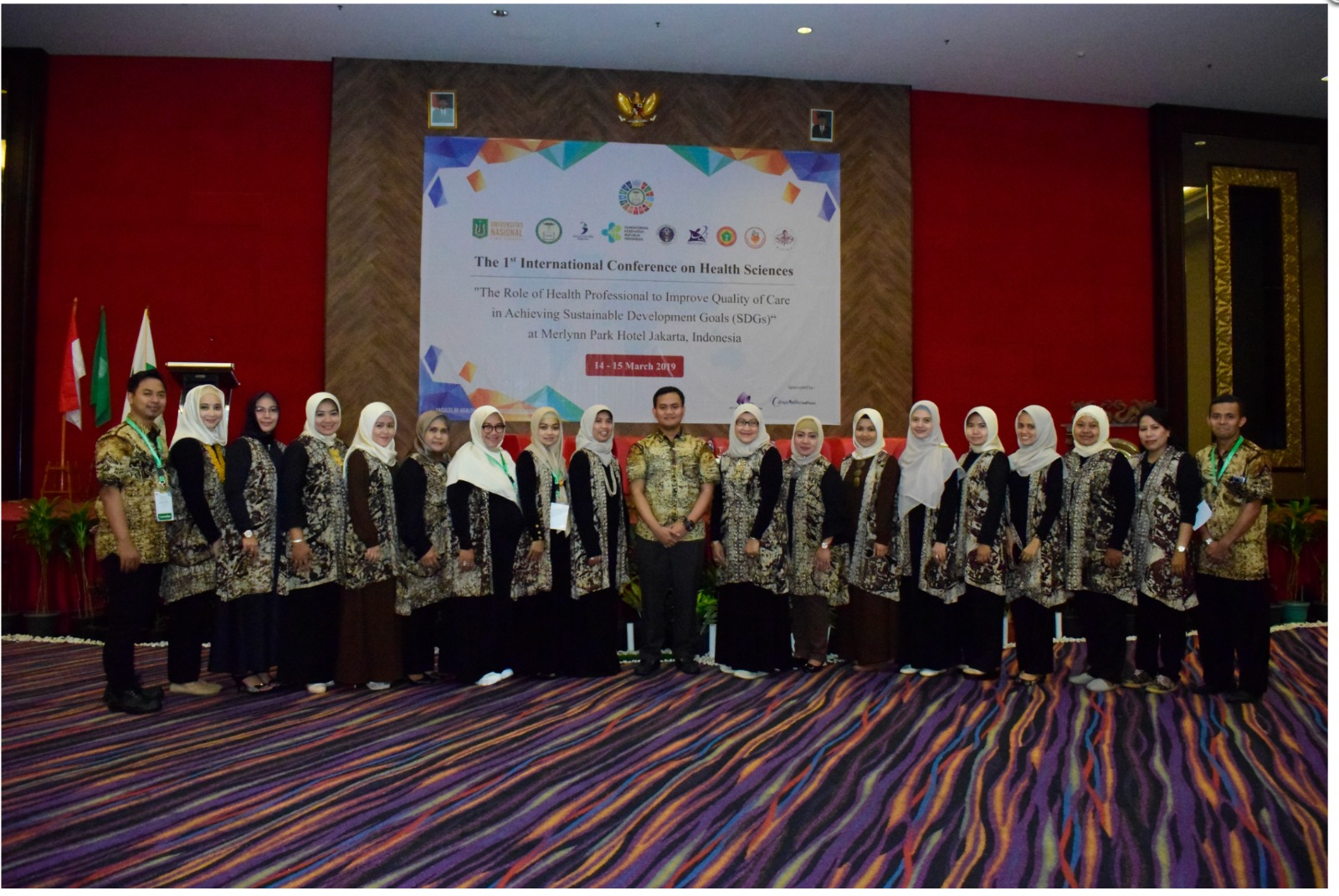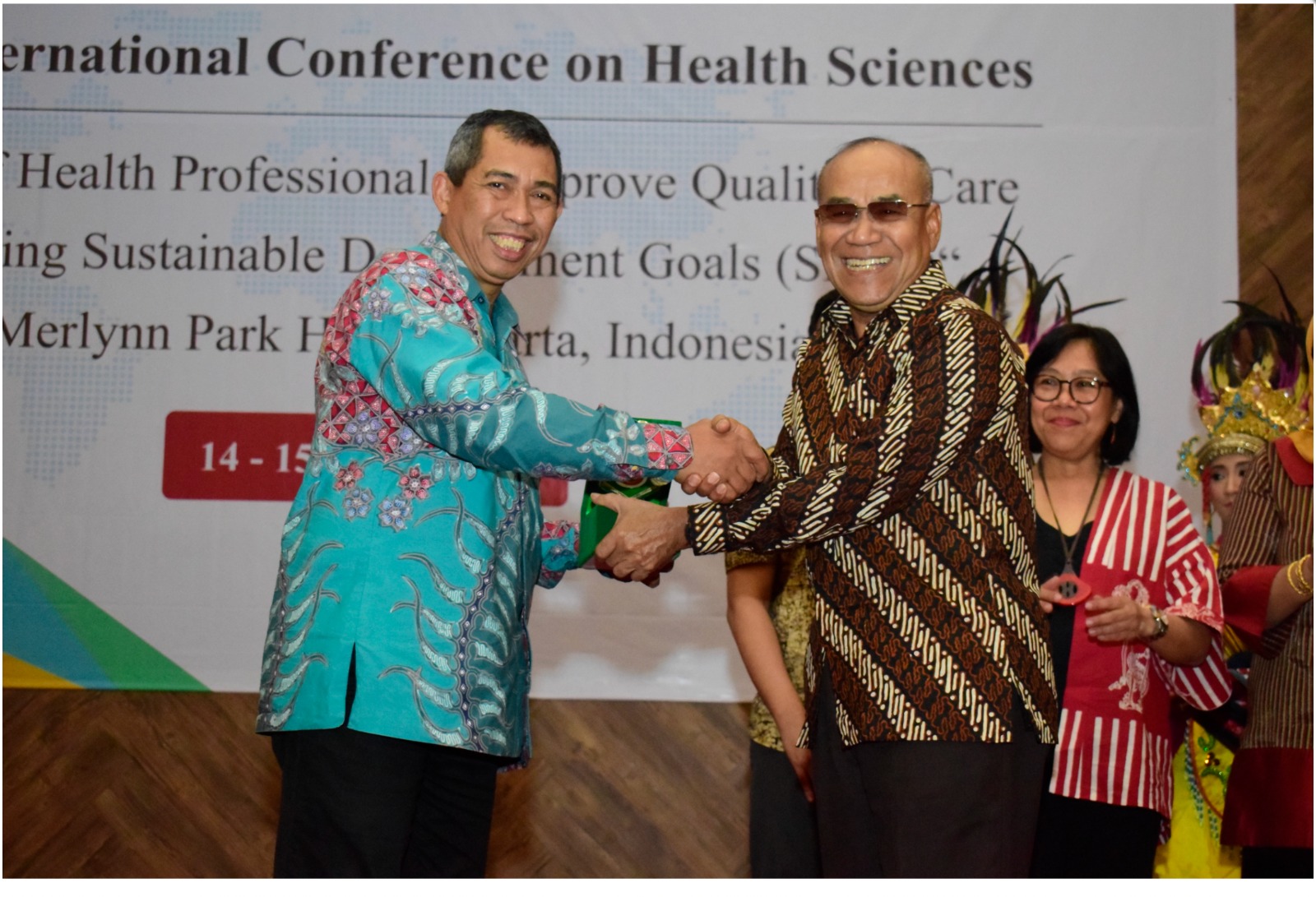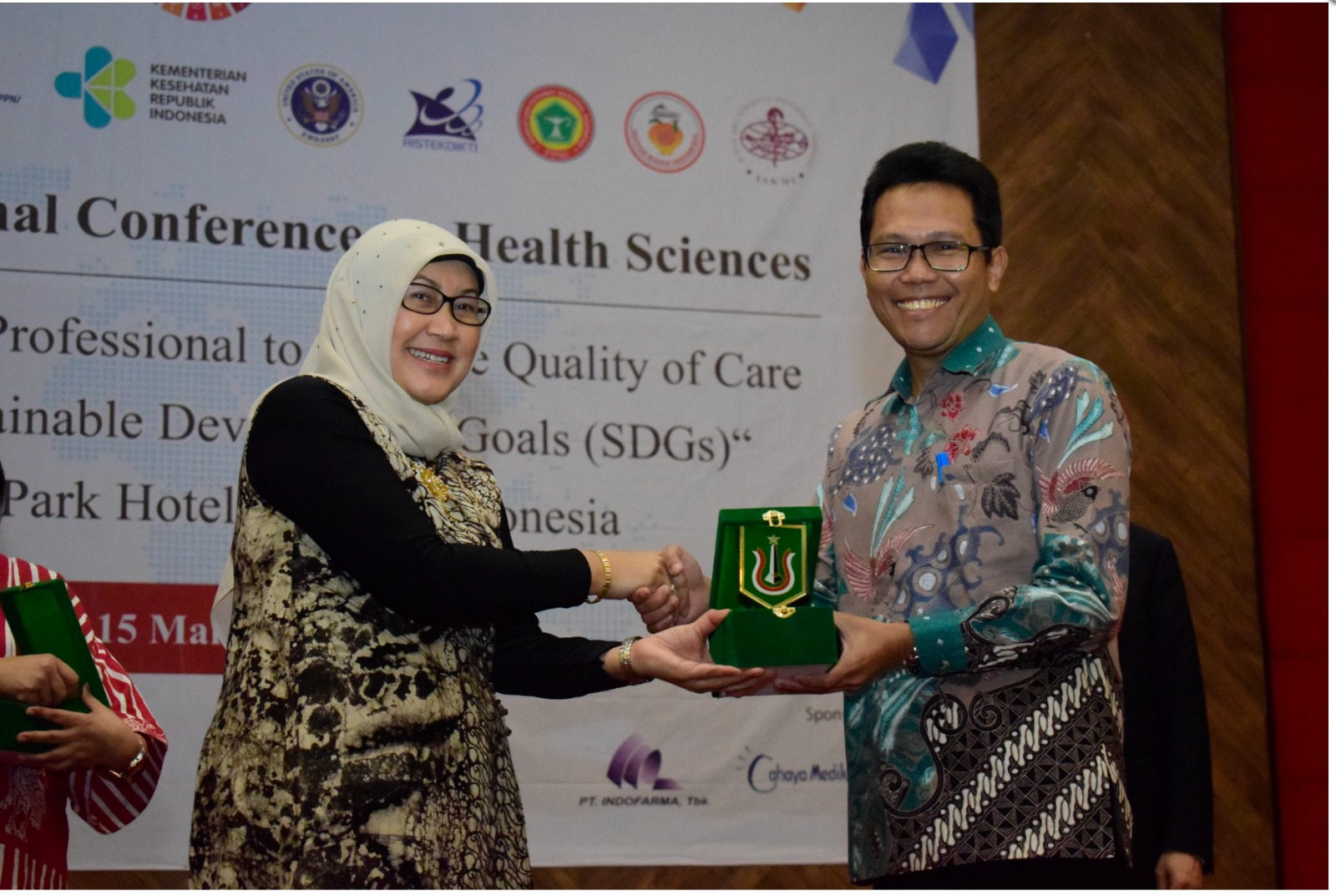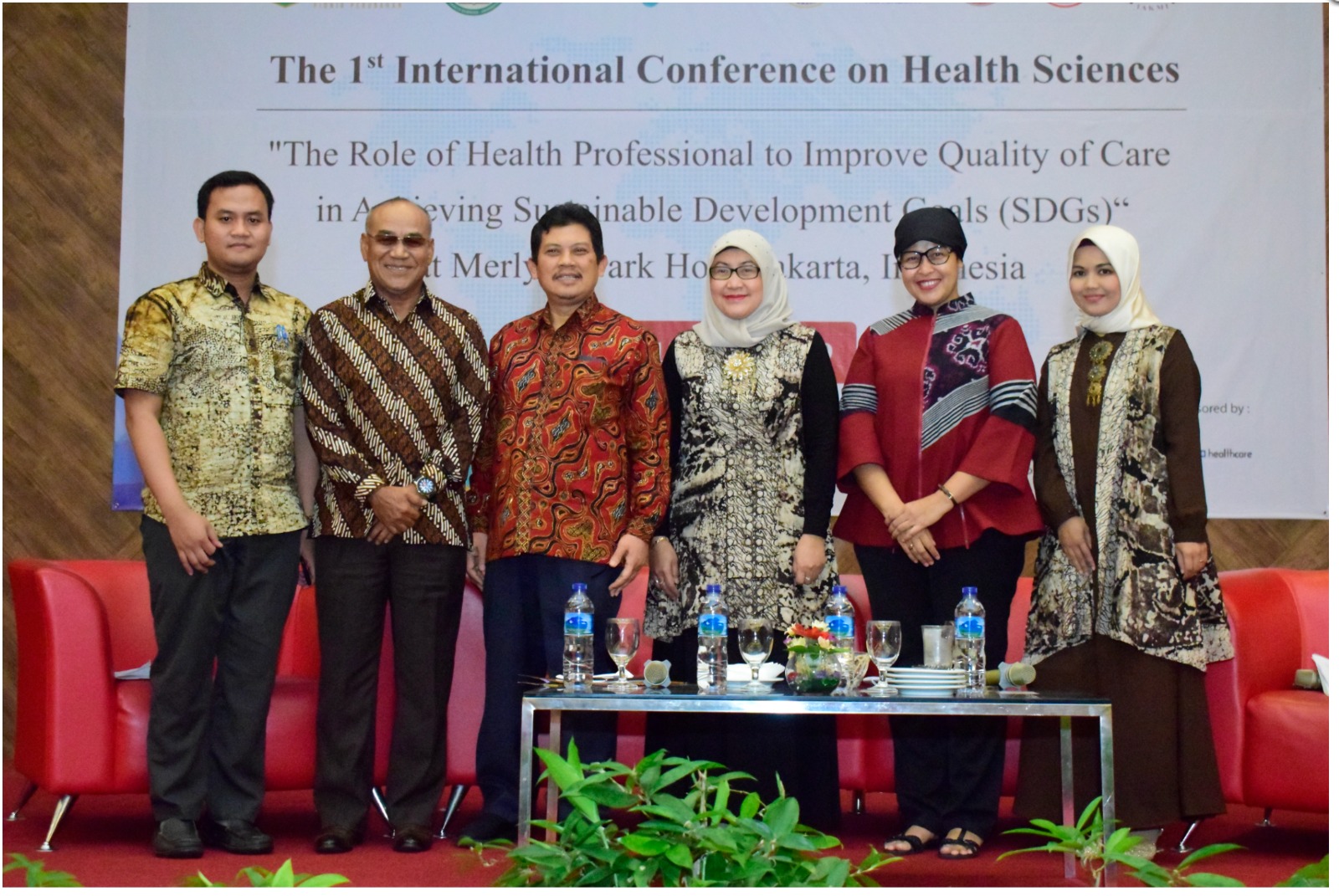The 3rd International Conference in Health Sciences
Healthcare in the Digital Age: Integrating Technology and Holistic Well-being
Counting Time...
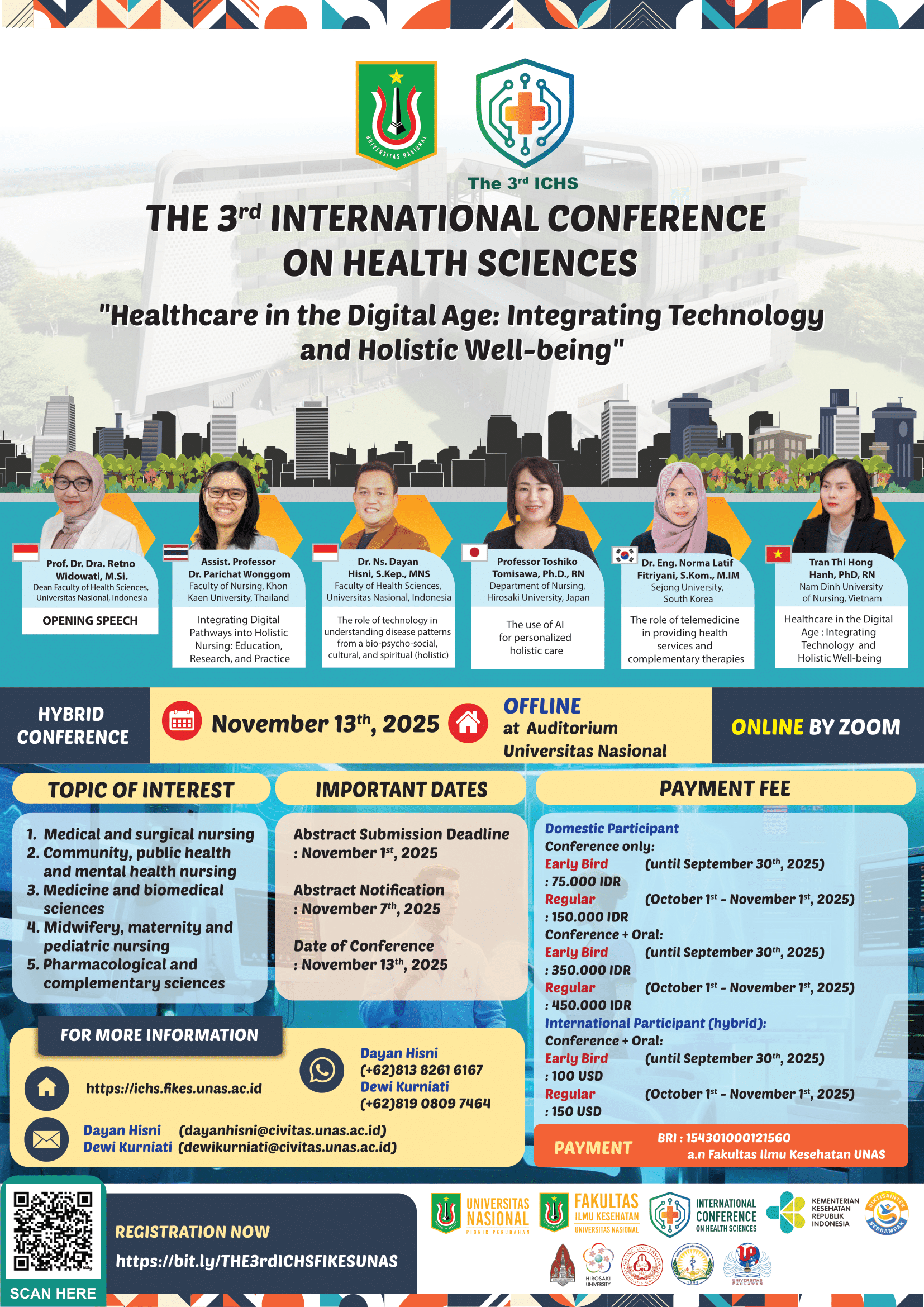
About
The 3rd International Conference on Health Sciences 2025
Healthcare in the Digital Age: Integrating Technology and Holistic Well-being
Technological development is becoming a global issue in all areas of life including health. One of the most popular technological developments is Artificial Intelligence (AI). The presence of AI has greatly affected healthcare such as assessment, diagnosis, intervention and implementation as well as evaluation. Health workers are required to be able to synergize together with technological developments to help health services become better and patients get satisfaction with the services provided. However, not all health workers are ready to face the challenges of this technological development, it requires sufficient knowledge, experience and practice so that they can synergize and work hand in hand with technology. Therefore, to achieve this, scientific activities are needed that bring together various experts in the fields of health and technology through the 3rd International Conference on Health Sciences (ICHS).
The 3rd ICHS is an international conference organized annually by the Faculty of Health Sciences Universitas Nasional, Indonesia. Universitas Nasional is the second oldest private university in Indonesia with many achievements both academic and nonacademic. While the Faculty of Health Sciences of the Universitas Nasional is the youngest faculty in Universitas Nasional which continues to grow by having five study programs, they are Bachelor of Nursing Study Program, Nurse Professional Education Study Program, Bachelor of Midwifery Study Program, Midwifery Professional Education Study Program, and Master of Midwifery Study Program. Theme of the 3rd ICHS is “Artificial Intelligence in Healthcare Services: A Global Perspective”.
Purpose
The purpose of the conference is to improve knowledge and experiences regarding technology development to delivery healthcare services.
Benefit
Topic
Structure of Committee
Keynote Speakers
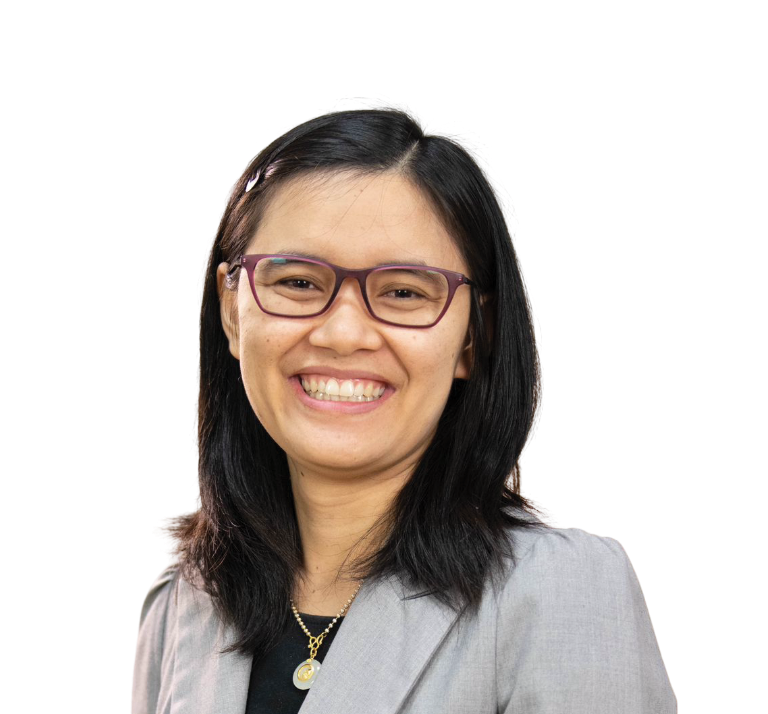
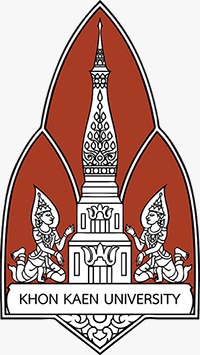 Assist. Prof. Dr. Parichat Wonggom
Assist. Prof. Dr. Parichat Wonggom

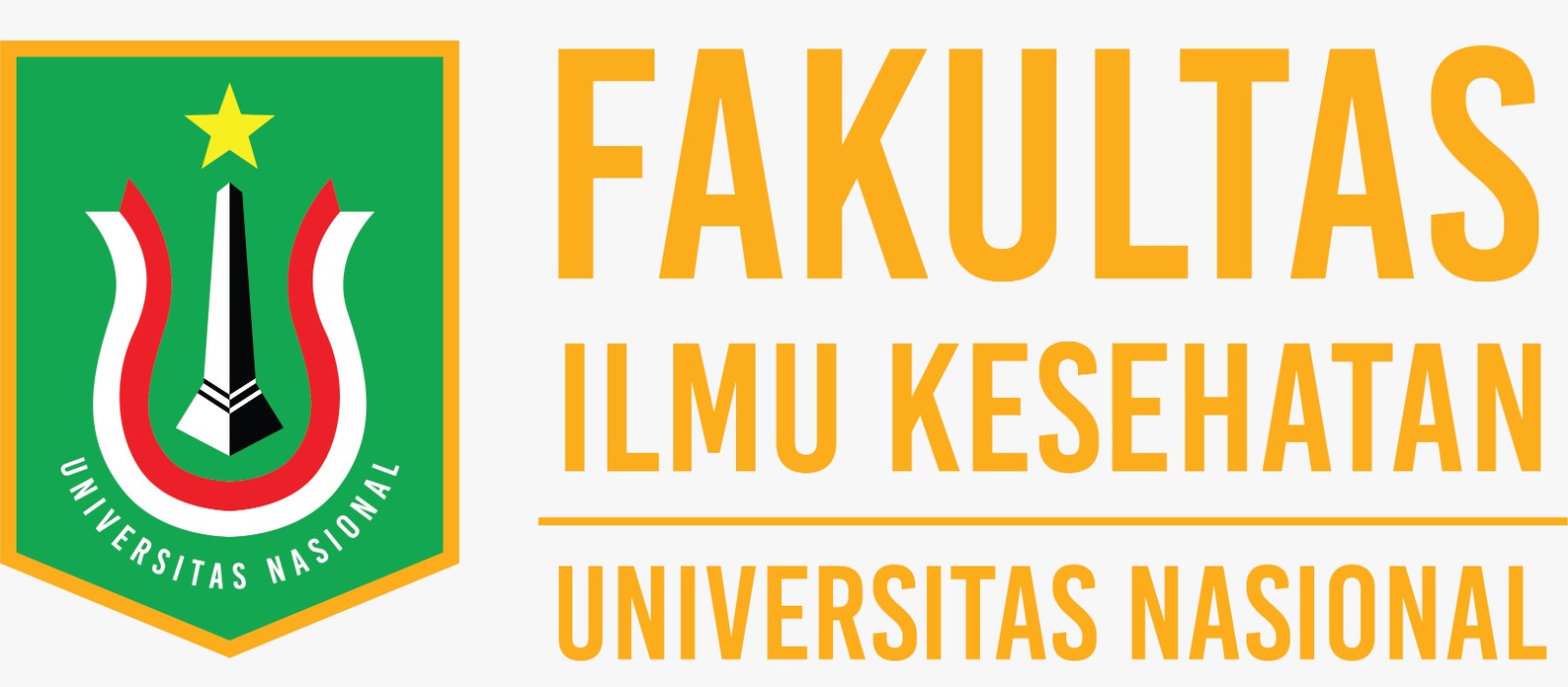 Dr. Ns. Dayan Hisni, S.Kep., MNS.
Dr. Ns. Dayan Hisni, S.Kep., MNS.
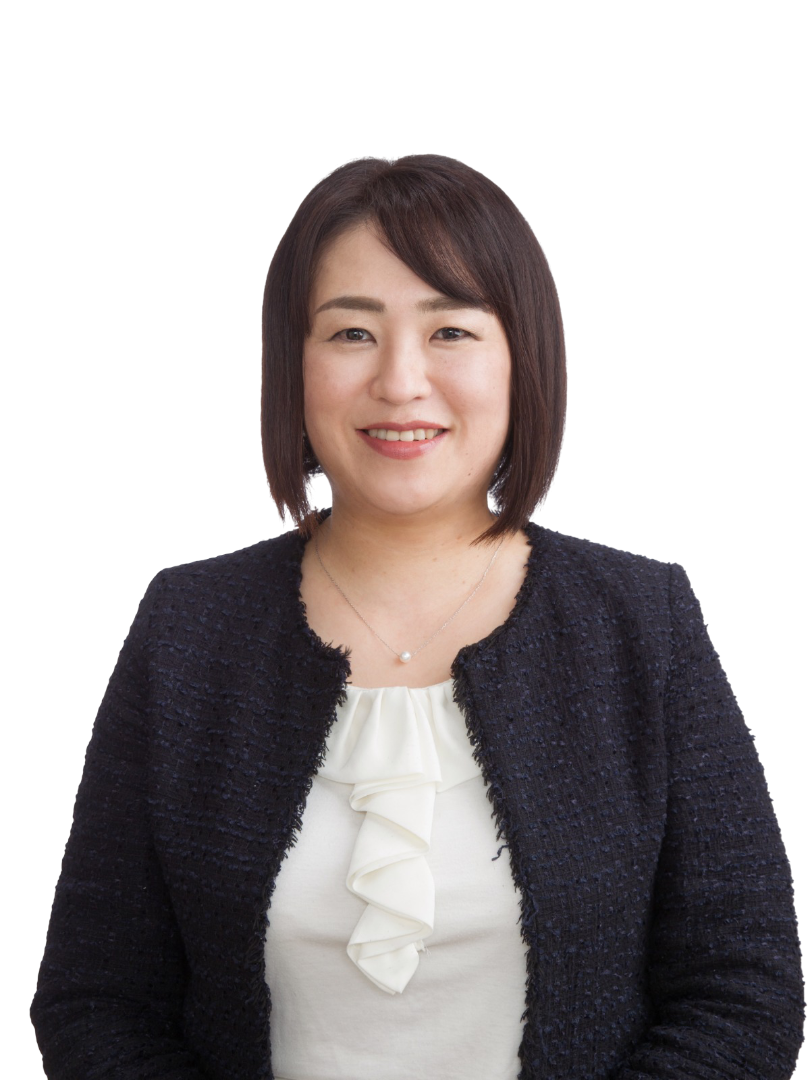
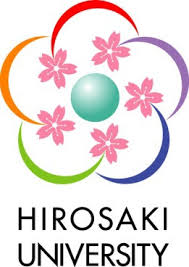 Professor Toshiko Tomisawa, Ph.D., RN.
Professor Toshiko Tomisawa, Ph.D., RN.
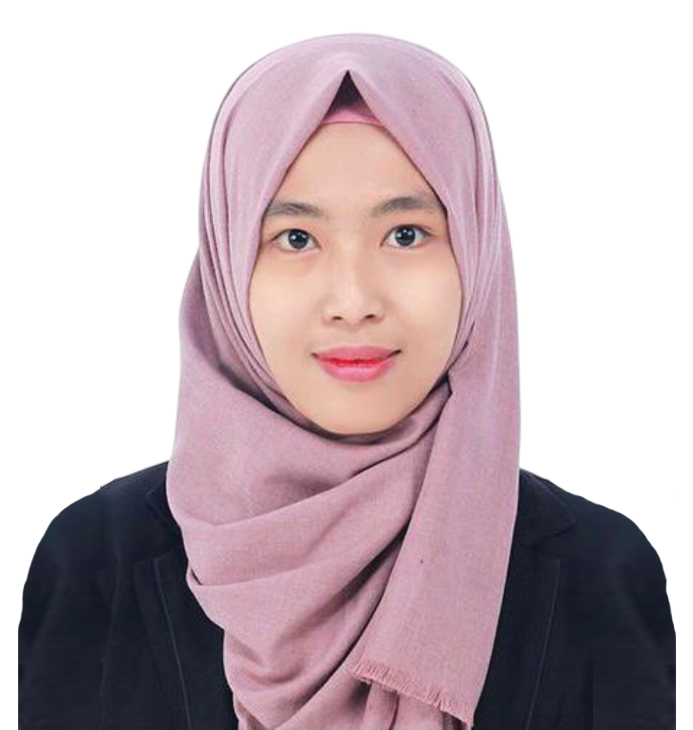
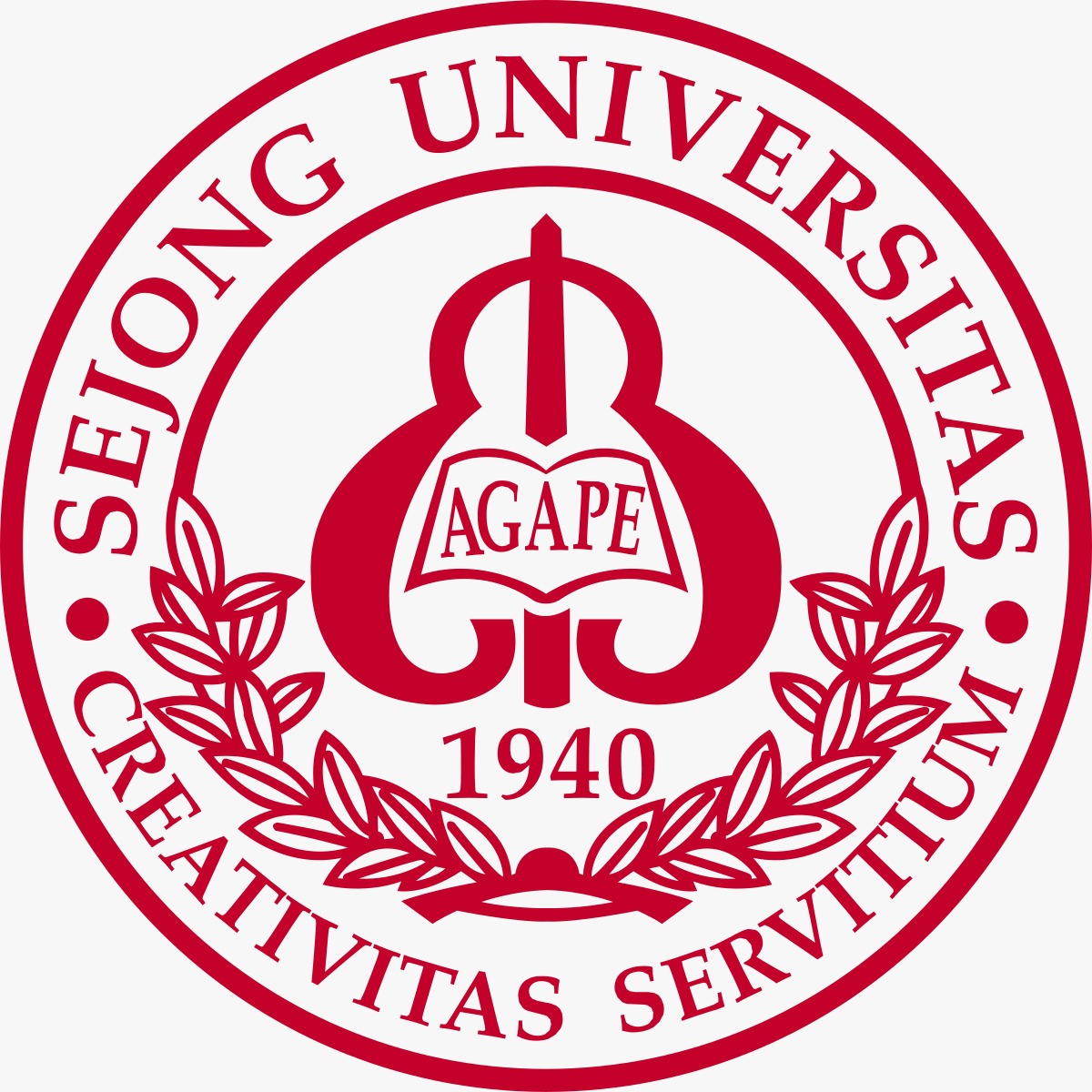 Dr. Eng. Norma Latif Fitriyani,
S.Kom., M.IM.
Dr. Eng. Norma Latif Fitriyani,
S.Kom., M.IM.
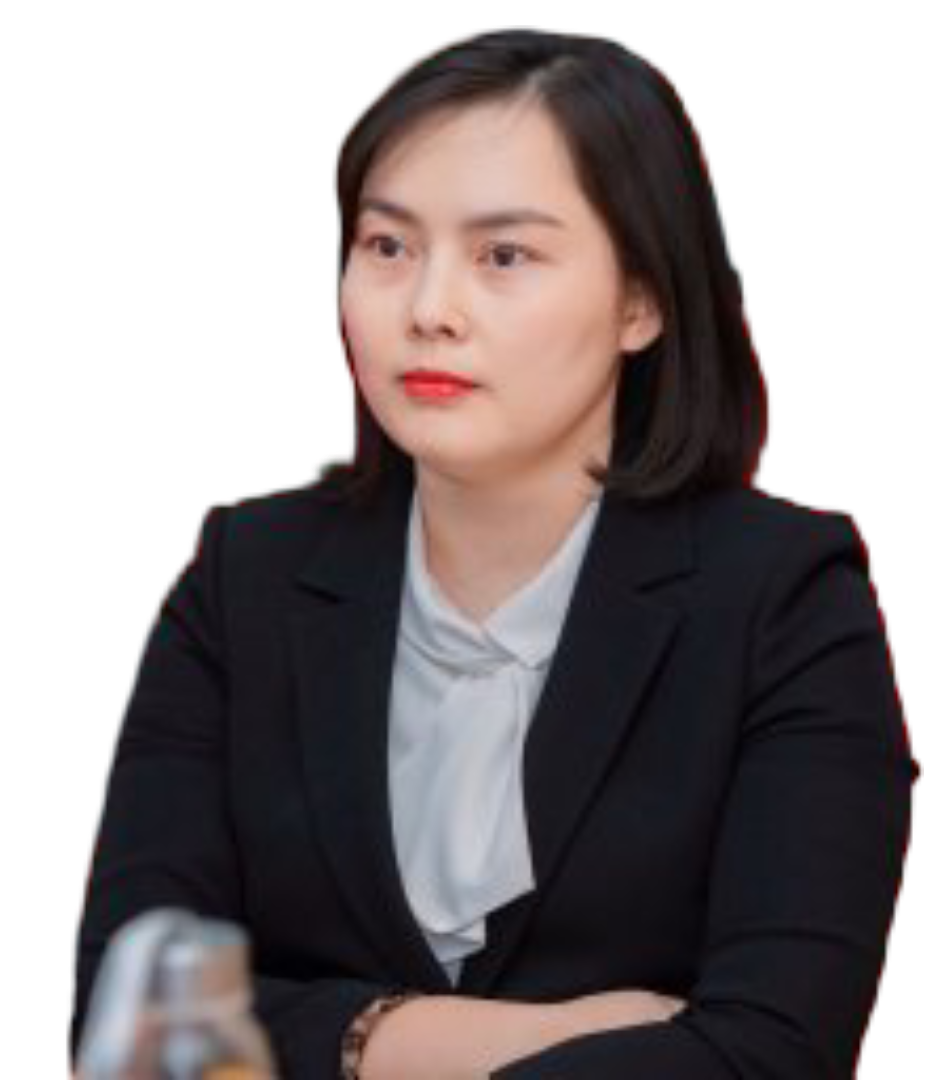
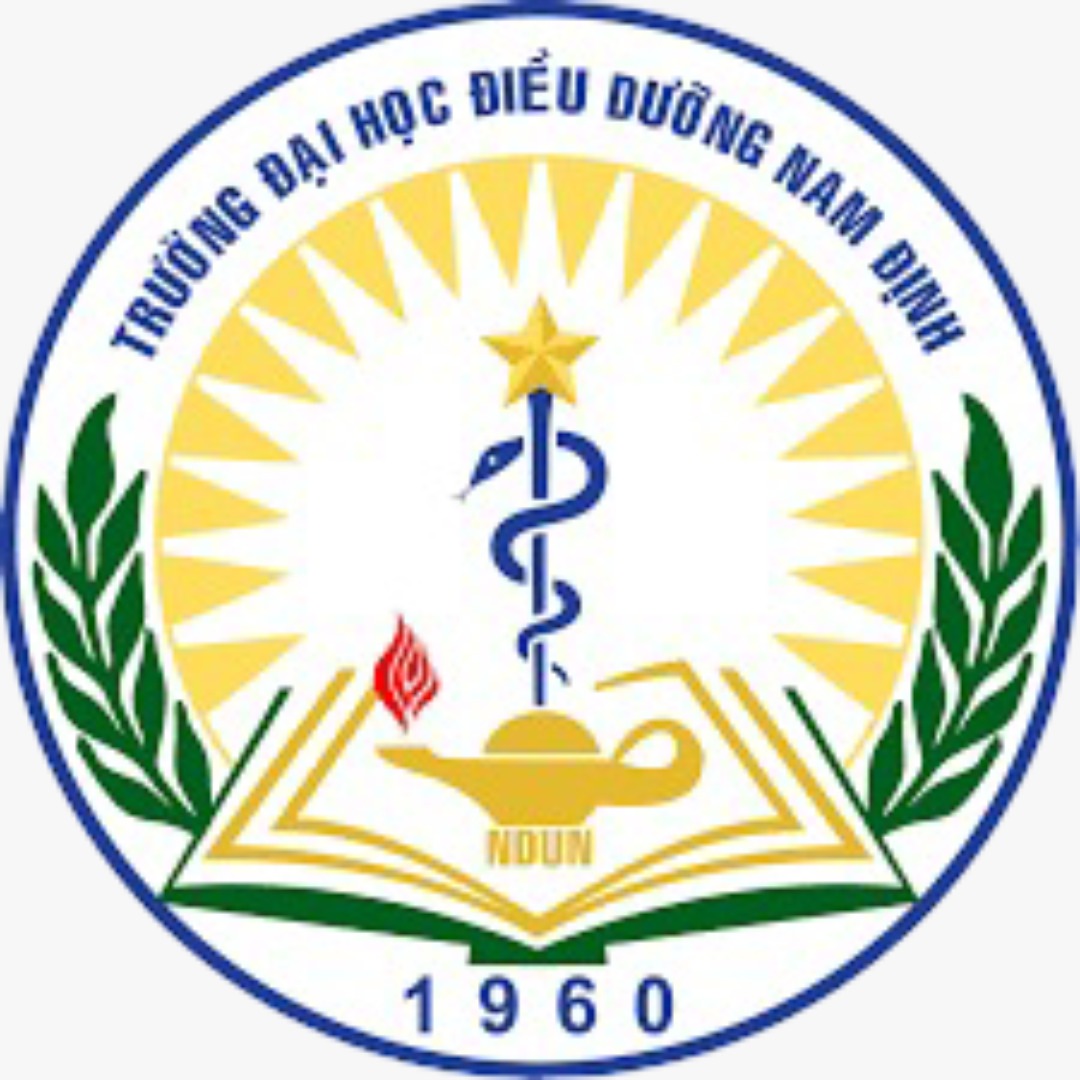 Tran Thi Hong Hanh, PhD, RN
Tran Thi Hong Hanh, PhD, RN
Reviewers
Reviewer Internal Universitas Nasional
| No. | Name | Affiliation | Country |
|---|---|---|---|
| 1 | Prof. Dr. Retno Widowati, M.Si | Universitas Nasional | Indonesia |
| 2 | Dr. Ns. Dayan Hisni, S.Kep., MNS | Universitas Nasional | Indonesia |
| 3 | Dr. Rukmaini, M.Keb | Universitas Nasional | Indonesia |
| 4 | Dr. Vivi Silawati, M.Kes | Universitas Nasional | Indonesia |
| 5 | Dr. Lisa Trina Arlym | Universitas Nasional | Indonesia |
| 6 | Ns. Naziyah, M.Kep., Ph.D | Universitas Nasional | Indonesia |
| 7 | Dr. Triana Indrayani, M.Kes | Universitas Nasional | Indonesia |
Reviewer External Universitas Nasional
| No. | Name | Affiliation | Country |
|---|---|---|---|
| 1 | Prof. Dr. Benjamin Kühme Pflegewissenschaft | Osnabrück University, Germany | Germany |
| 2 | Prof. Dr. Ts. Cheah Shiau Chuen | UCSI Malaysia | Malaysia |
| 3 | Dessie Wanda, S.Kp., MN., Ph.D | Universitas Indonesia | Indonesia |
| 4 | Megah Andriany, S.Kp., M.Kep., Sp.Kom., Ph.D | Universitas Diponegoro, Indonesia | Indonesia |
Conference Schedule
Registration Fee
| Domestic Participant | ||
|---|---|---|
| Conference only | ||
| Early Bird | (until September 30th, 2025) | 100.000 IDR |
| Regular | (October 1st – November 1st, 2025) | 200.000 IDR |
| Conference + Oral | ||
| Early Bird | (until September 30th, 2025) | 350.000 IDR |
| Regular | (October 1st – November 1st, 2025) | 450.000 IDR |
| International Participant (hybrid) | ||
| Conference + Oral | ||
| Early Bird | (until September 30th, 2025) | 100 USD |
| Regular | (October 1st – November 1st, 2025) | 150 USD |
Payment
Payment
No rek Bank BRI 154301000121560. Atas nama Fakultas Ilmu Kesehatan UNAS
